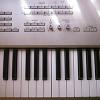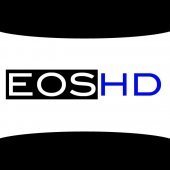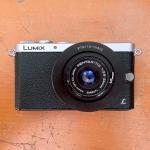Subforums
17,066 topics in this forum
-
- 5.7k replies
- 1.4m views
-
- 514 replies
- 158.7k views
-
- 18 replies
- 1.1k views
-
- 1 reply
- 9.9k views
-
- 595 replies
- 33k views
-
- 55 replies
- 5.8k views
-
- 68 replies
- 4.1k views
-
- 142 replies
- 4.6k views
-
- 20 replies
- 4.1k views
-
Anyone with a Panasonic S5 II or S9 interested in testing my in-cam ARRI compatible LOG C3 profile? 1 2
- 24 replies
- 4.4k views
-
- 0 replies
- 72 views
-
- 19 replies
- 916 views
-
- 45 replies
- 2.9k views
-
- 4 replies
- 303 views
-
- 19 replies
- 1.9k views
-
- 2 replies
- 817 views
-
- 85 replies
- 3.7k views
-
- 13 replies
- 353 views
-
- 62 replies
- 12.7k views
-
- 20 replies
- 1k views
-
- 226 replies
- 82.8k views
-
- 14 replies
- 7.1k views
-
- 60 replies
- 6.4k views
-
- 21 replies
- 1.4k views
-
Ursa Cine 12K now available as camera body only with option for recording to dual CF Express for only $7,000 1 2
- 31 replies
- 2.4k views
-
- 15 replies
- 1.5k views
-
- 20 replies
- 1.5k views
-
- 34 replies
- 1.8k views
-
- 0 replies
- 434 views
-
- 3 replies
- 553 views
-
- 0 replies
- 410 views
-
- 17 replies
- 1.5k views
-
- 7 replies
- 818 views
-
- 12 replies
- 692 views
-
- 17 replies
- 1.2k views
-
- 79 replies
- 21.6k views
-
- 6 replies
- 834 views
-
- 27 replies
- 1.6k views
-
- 6 replies
- 677 views
-
- 0 replies
- 439 views












